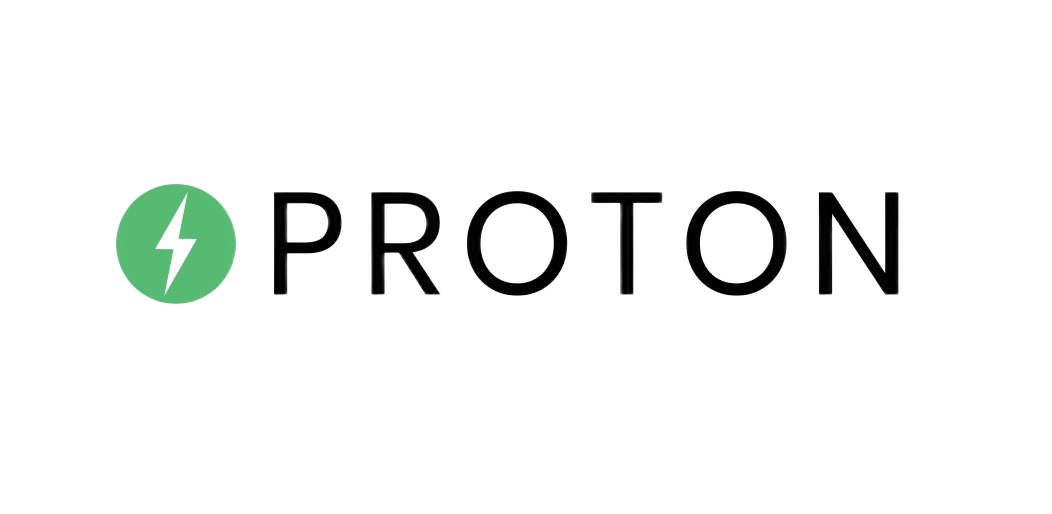How much power does solar panels generate?
“Solar Panels play a pivotal role in harnessing clean energy. Understanding the factors influencing their efficiency is crucial for optimising power generation. The size, efficiency, location, and orientation of solar panels, coupled with sunlight availability, collectively impact the amount of energy they produce.
- Panel Efficiency: The efficiency of solar panels can vary, with most commercially available panels having efficiencies between 18% and 23%. Higher efficiency panels can convert more sunlight into electricity.
- Sunlight Availability: The amount of sunlight a location receives is a crucial factor. Areas with more direct sunlight will generate more power. The solar resource is often measured in peak sun hours, which represents the amount of sunlight equivalent to one hour of full sun intensity.
- Panel Orientation and Tilt: Solar panels are most effective when they face the sun directly. The optimal orientation is south (in the Northern Hemisphere) or north (in the Southern Hemisphere). The tilt angle of the panels also affects performance.
- Weather Conditions: Weather conditions, such as clouds and shading, can impact the amount of sunlight reaching the panels.
As a rough estimate, a typical residential solar panel system in a location with good sunlight conditions might generate around 4 to 5 kilowatt-hour (kWh) per day per installed kilowatt-peak (kWp). This can vary significantly based on the factors mentioned above.
Exploring additional factors influencing Solar Panel efficiency:
- Temperature: Efficiency decreases as temperatures rise; quality panels handle temperature variations.
- Shading and Obstructions: Even minimal shading reduces efficiency; strategic placement and trimming are vital.
- Dirt and Debris: Accumulation diminishes efficiency; regular cleaning is crucial, considering environmental factors.
- Inverter Efficiency: Vital for DC to AC conversion; upgrading enhances overall system performance.
- Energy Storage Solutions: Batteries store excess energy for use during low sunlight or at night, contributing to energy independence.
- Government Incentives: Explore financial incentives promoting solar adoption for cost-effective installations.
For a more accurate estimate tailored to your specific situation, it’s recommended to use solar calculators or consult with Proton solar energy professional who can take into account your location, roof orientation, and other relevant factors. Additionally, advancements in solar technology and increased panel efficiency continue to increase the amount of power that can be generated from solar panels.

